Του Παναγιώτη Αντ. Ανδριόπουλου
Ήταν πραγματικά μια εξαιρετική εισαγωγή της έκθεσης "Οι Ρωμιοί Αρχιτέκτονες της Πόλης την περίοδο του εκδυτικισμού" στις Η.Π.Α., τα εγκαίνιά της στο Σικάγο, προχθές 27 Οκτωβρίου 2013.
Πάνω από 250 άτομα παραβρέθηκαν στο Damen Student Center του Πανεπιστημίου Loyola, όπου λαμβάνει χώρα η έκθεση που αποτέλεσε το δυναμικό παρών της Ρωμαίϊκης Κοινότητας στην διοργάνωση "Κωνσταντινούπολη - Πολιτιστική Πρωτεύουσα της Ευρώπης 2010".
Τα εγκαίνια τίμησε με την παρουσία του ο Μητροπολίτης Σικάγου Ιάκωβος.
Ανάμεσα στο ακροατήριο ήσαν τα μέλη ενός μαχητικού Συλλόγου Κωνσταντινουπολιτών που δραστηριοποιείται στο Σικάγο από το 1939, άρχοντες του Οικουμενικού Πατριαρχείου, ομογενείς, ακόμα και Τούρκοι μαθητές.
Παρούσα και η Πρόξενος της Ελλάδος στο Σικάγο Ιωάννα Ευθυμιάδου, καθώς επίσης και η υποπρόξενος της Τουρκίας.
Την εκδήλωση άνοιξε ο επίσκοπος Μωκησσού Δημήτριος, βοηθός του Μητροπολίτου Σικάγου Ιακώβου, στη συνέχεια απηύθυνε χαιρετισμό η Πρόξενος της Ελλάδος και ακολούθως μίλησαν: ο Άρχων Μ. Χαρτοφύλαξ της Μ.τ.Χ.Ε. Λάκης Βίγκας, που είχε την ιδέα και υλοποίησε την έκθεση ως Πρόεδρος του Συνδέσμου Αποφοίτων Ζωγραφείου, ο καθηγητής Νίκος Ουζούνογλου, Πρόεδρος της Οικουμενικής Ομοσπονδίας Κωνσταντινουπολιτών και ο Σάββας Τσιλένης, Δρ. αρχιτέκτων - πολεοδόμος, επιμελητής της έκθεσης.
Το νέο ταξίδι αυτής της έκθεσης (μετά την Ελλάδα), θα συνεχίσει σε διάφορες πόλεις των Η.Π.Α. Είναι μια αφορμή και μια ευκαιρία συνάμα για να έρχονται πιο κοντά οι λαοί, για να αναδεικνύεται η συμβολή των Ρωμιών στην ιστορία της Κωνσταντινούπολης και για να προδιαγράφεται το μέλλον της Ρωμιοσύνης στην Πόλη, εκεί όπου την έταξε ο Θεός.
Δεν είναι αμελητέο το γεγονός ότι και το CNN Turk έκανε ειδική αναφορά στην έκθεση των Ρωμιών Αρχιτεκτόνων στο Σικάγο. Δείτε εδώ.
Η έκθεση στο διαρκέσει ως τις 10 Νοεμβρίου.
Στη συνέχεια παραθέτουμε το χαιρετισμό του Λάκη Βίγκα στα εγκαίνια της έκθεσης.
“Greek Architects of İstanbul in the Era of Westernization”
Loyola University Chicago
By Laki Vingas
October 27, 2013
Your Eminence, Metropolitan Iakovos of Chicago
Your Grace, Bishop Demetrios of Mokissos
The Honorable Consul General of Greece, Mrs. Ioanna Efthymiadou
The Honorable Vice-consul of Turkey
Father Michael J. Garanzini, S.J., President& CEO Loyola University Chicago
Esteemed members of the Loyola University,
Dear Greek and Turkish American Friends,
I would like to begin by expressing my gratitude to His Eminence Metropolitan Iakovos and the Metropolis of Chicago for taking the initiative to host this exhibition here. I also would like to extend my appreciation to His Grace Bishop Demetrios of Mokissos, Mr Nicholas Magginas and Deacon Nephon of the Ecumenical Patriarchate for all their efforts to realize this project for the first time in the United States.
It is a great honor for the organizing committee of this exhibition to present the work of the Greek Architects of Istanbul in the world’s third capital of architecture and I am overwhelmed by the hospitality and the enthusiasm I have received by the people of both the Metropolis of Chicago and the Loyola University which offered this its brand new premises for this exhibition. I offer my deepest appreciation for inviting our organizing committee for the opening of the exhibition here today.
As you may know, this project was organized by the oldest, yet still active Alumni Association, the Zographion Lyceum Association of İstanbul founded in 1944. It was co-funded by the Agency of İstanbul 2010 European Capital of Culture and the John S. Latsis Public Benefit Foundation. The exhibition was first inaugurated in İstanbul in November 2010, and since then it has travelled to six different cities in Greece, including Athens and Thessaloniki. We are looking forward to a warm reception of the exhibition in Chicago as well and to a successful exhibition tour in the United States.
“Greek Architects of İstanbul in the Era of Westernization” “Οι Ρωμιοί αρχιτέκτονες της Πόλης στην περίοδο του εκδυτικισμού” brings to life Greek Orthodox architects who were particularly active from the 1850s through the 1950s. During this period of rapid westernization of the city’s urban space, over 300 Greek architects according to the archives we collected, designed and created a wide range of buildings. This exhibition narrows its focus to 57 of them and over a 100 of their buildings that are still standing in Istanbul and the Princess islands today.
However, this exhibit is more than just a beautiful display of fascinating, historically-significant buildings. It is about the spirit of those who left their mark in ways no one expected in our city Istanbul. This exhibit clearly demonstrates that regardless difficulties, Greek-Orthodox community of Istanbul will always carry the passion for creating. Creativity is a gift from God that is being acknowledged and, ultimately, accepted by people of every faith and ethnicity.
Istanbul’s population has grown to 15 million, so you could wonder how is it possible for a small religious minority to have influenced so prominently it’s urban landscape. There is not enough hard evidence to know for sure, but here are some thoughts that could offer some explanation.
Greek Orthodox community, so called Rum, have always been keen to promote aesthetics, knowledge, and wellbeing of people. We seek to surround ourselves with beauty; we are undoubtedly in touch with the power of beauty and we encourage it through our art and architecture.
Constantinopolitans are also known for investing a lot in education and culture.
They have been successful in every area of commerce, science, academics including architecture. Perhaps, it is competency and innovation combined with devotion to beauty, which made these Greek architects stand out so vigorously. Yet, these accomplishments could not have been realized if it hadn’t been for Istanbul’s multicultural and diverse environment which develops people’s intellect and promotes it’s creativity.
Greek orthodox community has remained present in Istanbul for more than two millennia by being continuously productive and creative.
They have long been advocates for preserving the beauty of their architectural and cultural heritage, while creating places and opportunities to connect with others. The Greek architects of Istanbul have experienced great joy and satisfaction in constructing places for all people, Greek and non-Greeks alike.
Our mission is to preserve this gift inherited to us, not only as a matter of respect, but as proof that we have worked--and can continue to work--together to build a better society. The buildings we featured in this project are road maps through history that whisper peace to us today. As we thoughtfully explore their legacy, we are able to create new interactions with generations yet to be born, and show them hope through collaboration and dialogue!
“Greek Architects of İstanbul in the Era of Westernization,” “Οι Ρωμιοί Αρχιτέκτονες της Πόλης την περίοδο του Εκδυτικισμού,” tells a story that is important to everyone throughout the world, that no matter the size or political status of your community, you can always create longstanding values that all generations would benefit from.
I would like to thank you all very much for coming here today. This exhibition gives you the chance to communicate with the Greek Orthodox community of Istanbul which, unfortunately, today only numbers around 3000 people but is very determined to preserve its presence and to continue to be creative in its homeland. We hope this exhibit will bring honor to the architects, and to their memory of modern day Istanbul and that it will be hosted by other States of this great country that pioneered offering equality for all its citizens.
As the «greatest architect of all times» Franck Loyd Wright who has also left his imprint in the beautiful city of Chicago, would say «The mother art is architecture. Without architecture of our own we have no soul of our own civilization».
Thank you.












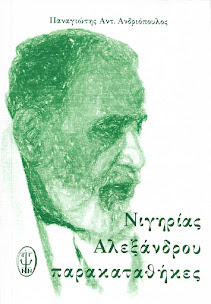

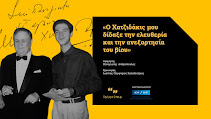
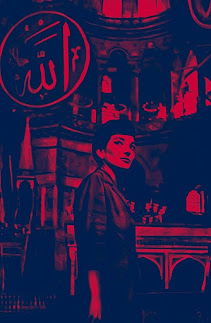
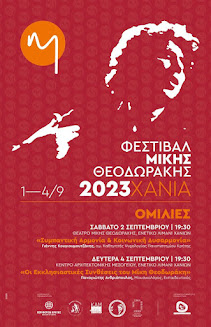



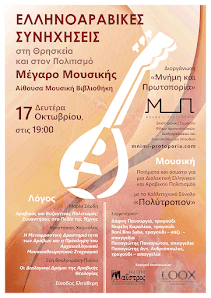



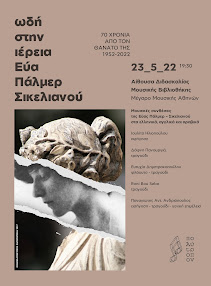
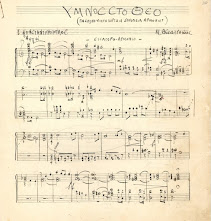
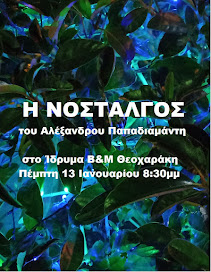
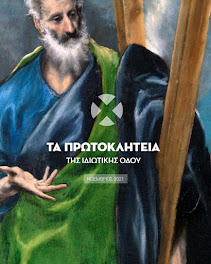
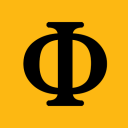
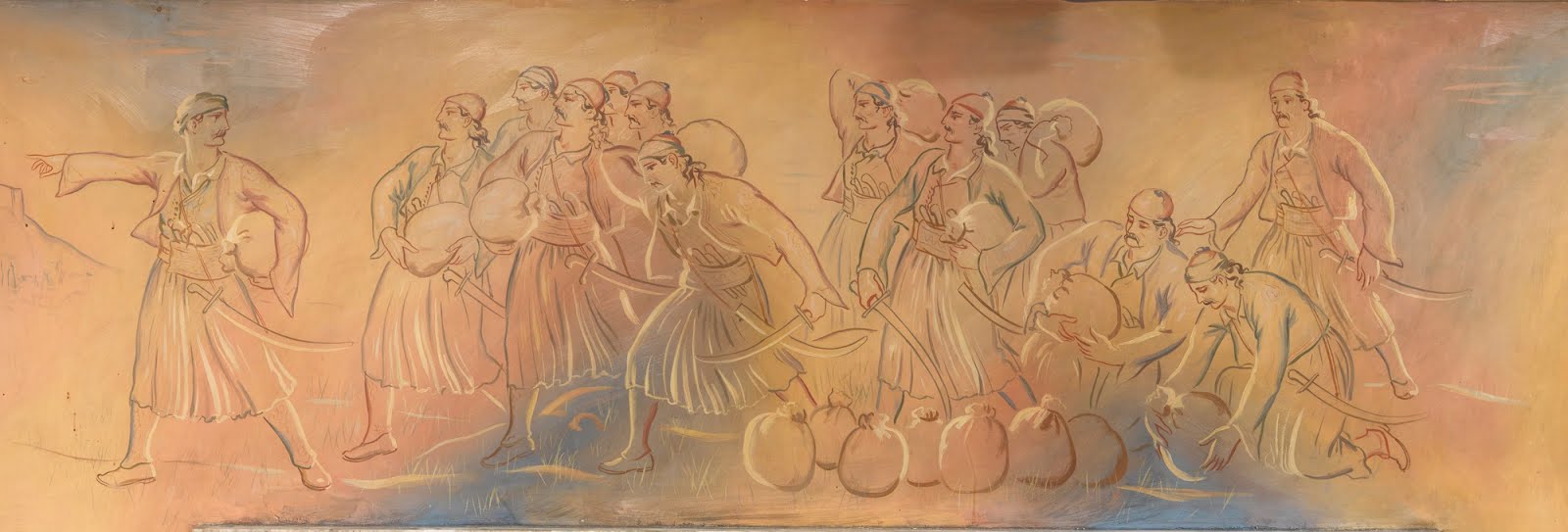


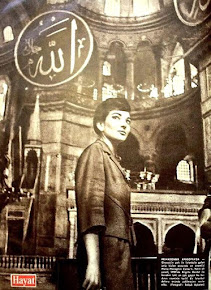
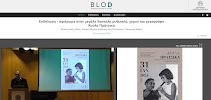
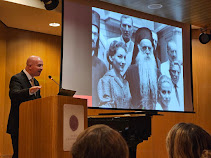
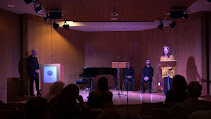


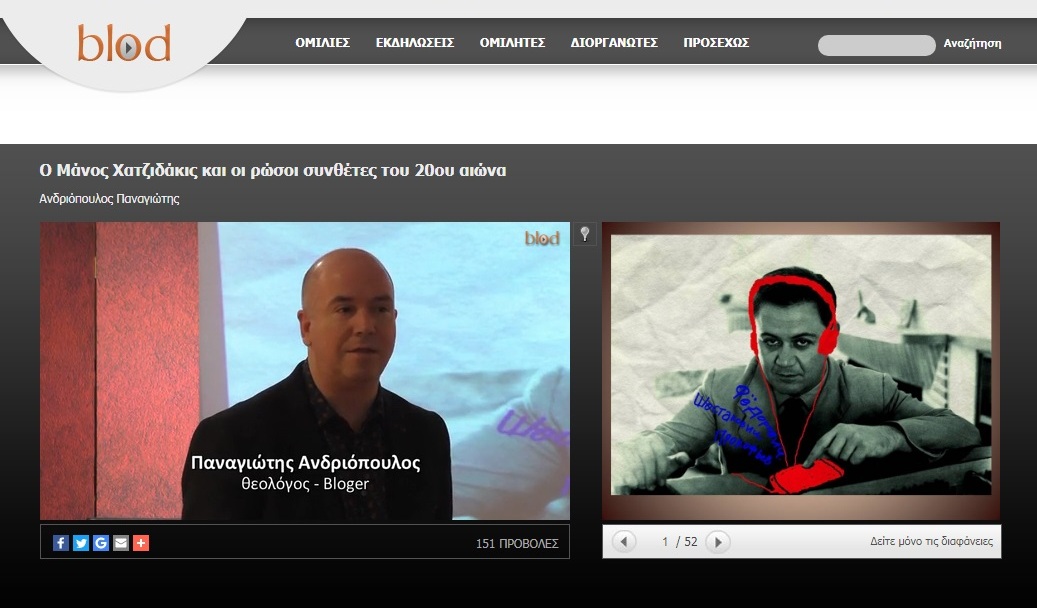





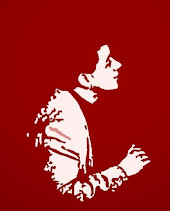


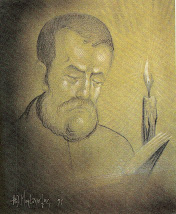

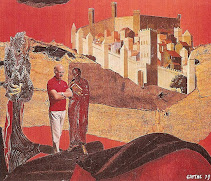












Δεν υπάρχουν σχόλια:
Δημοσίευση σχολίου